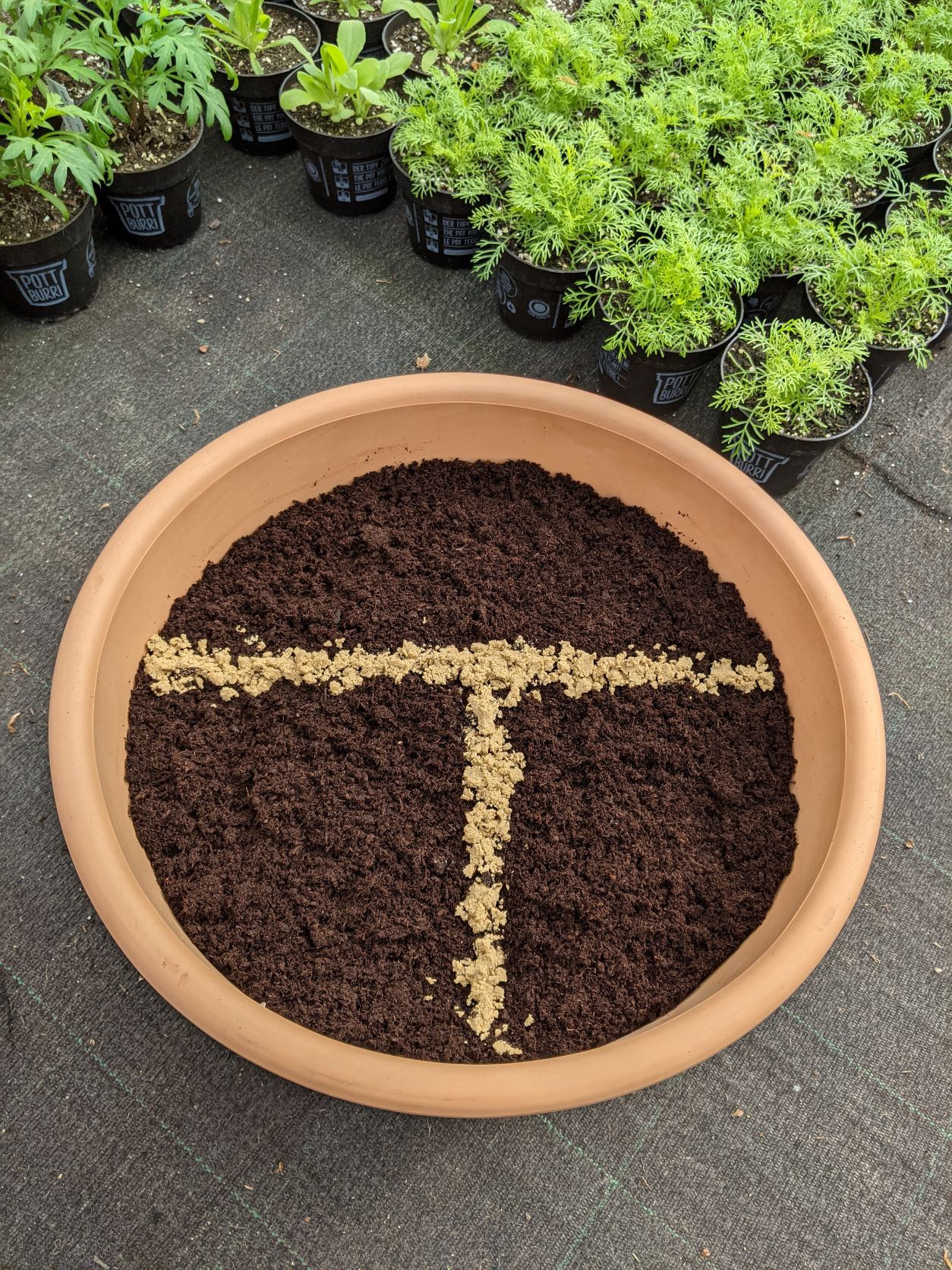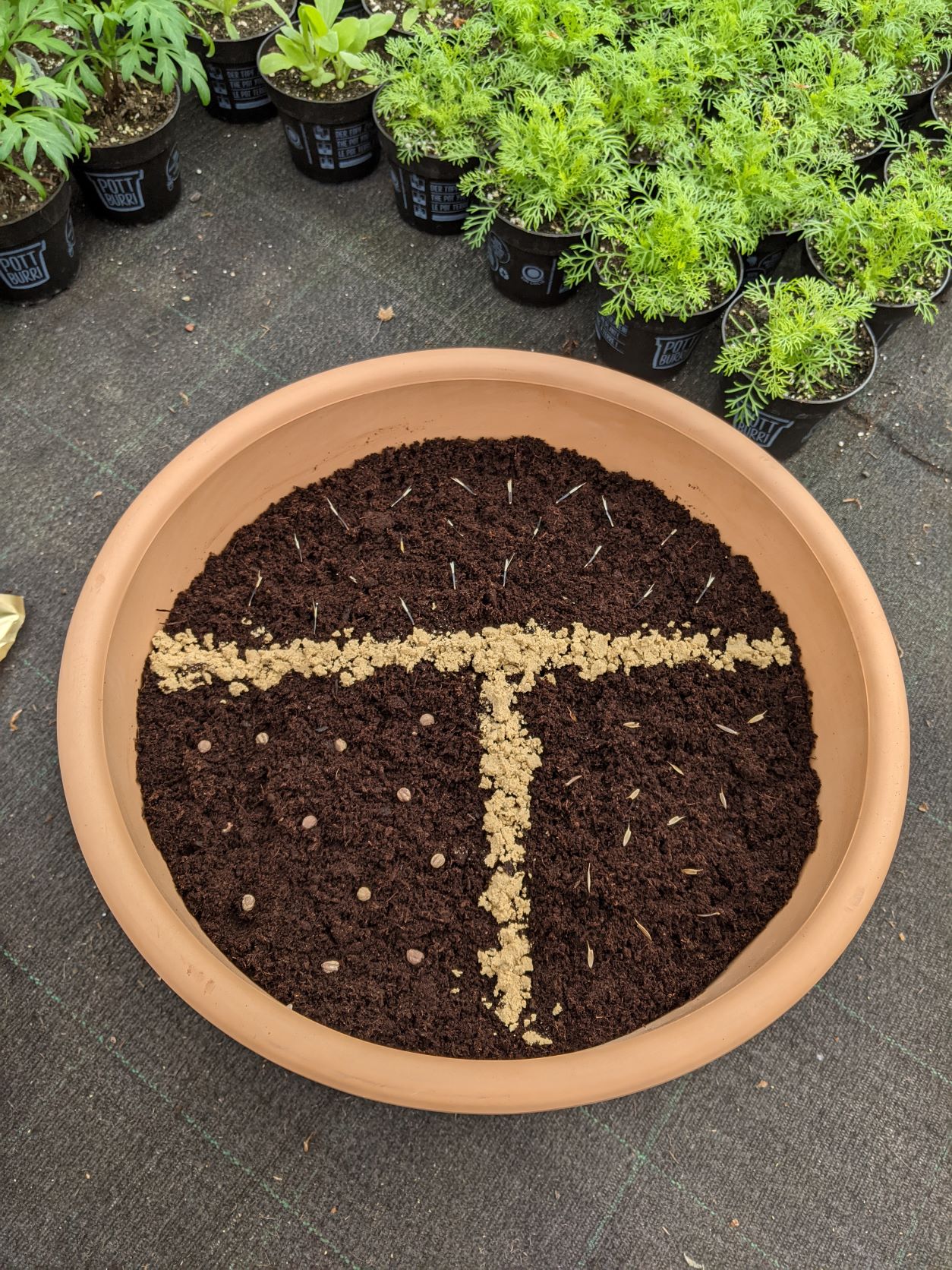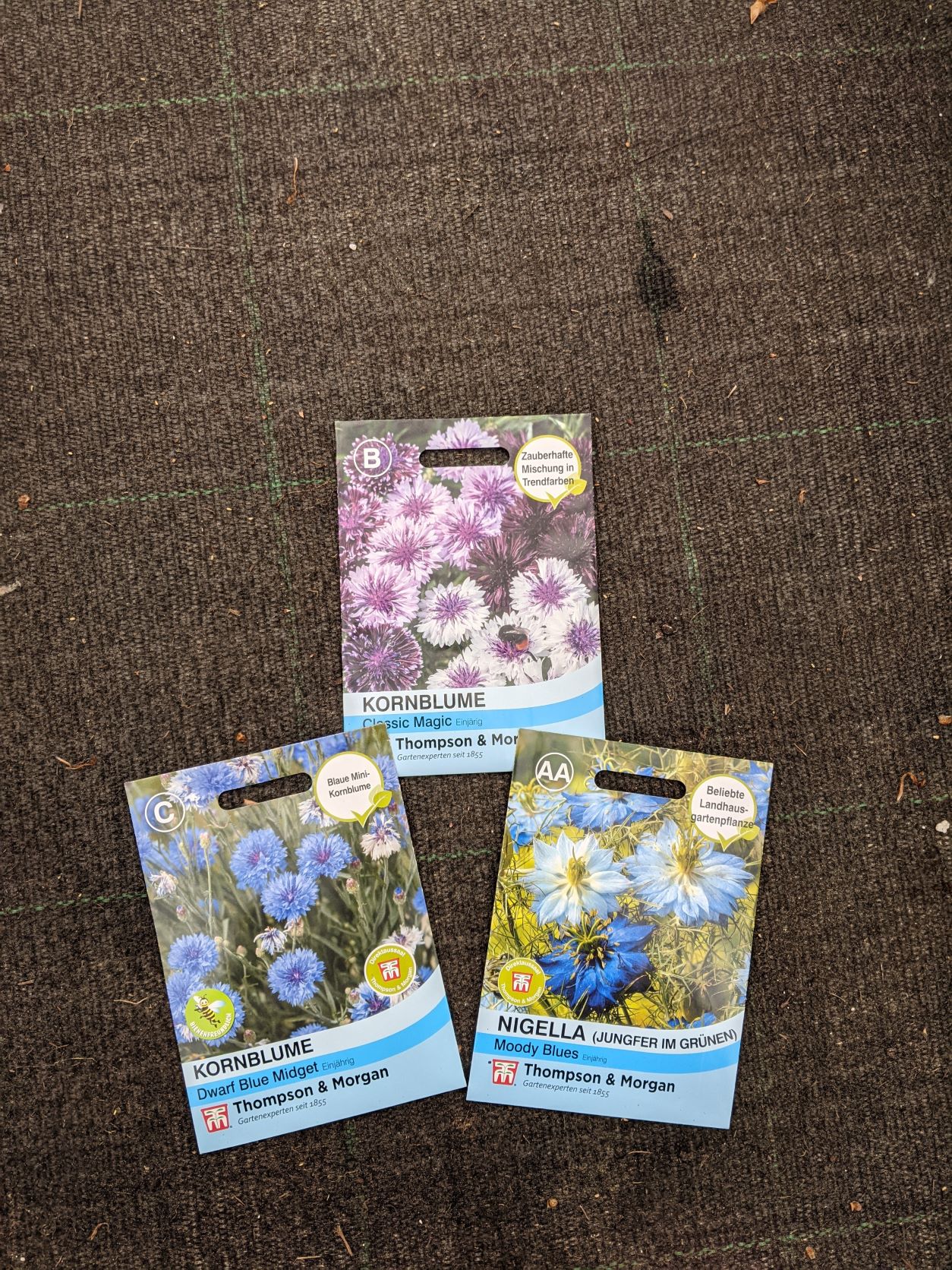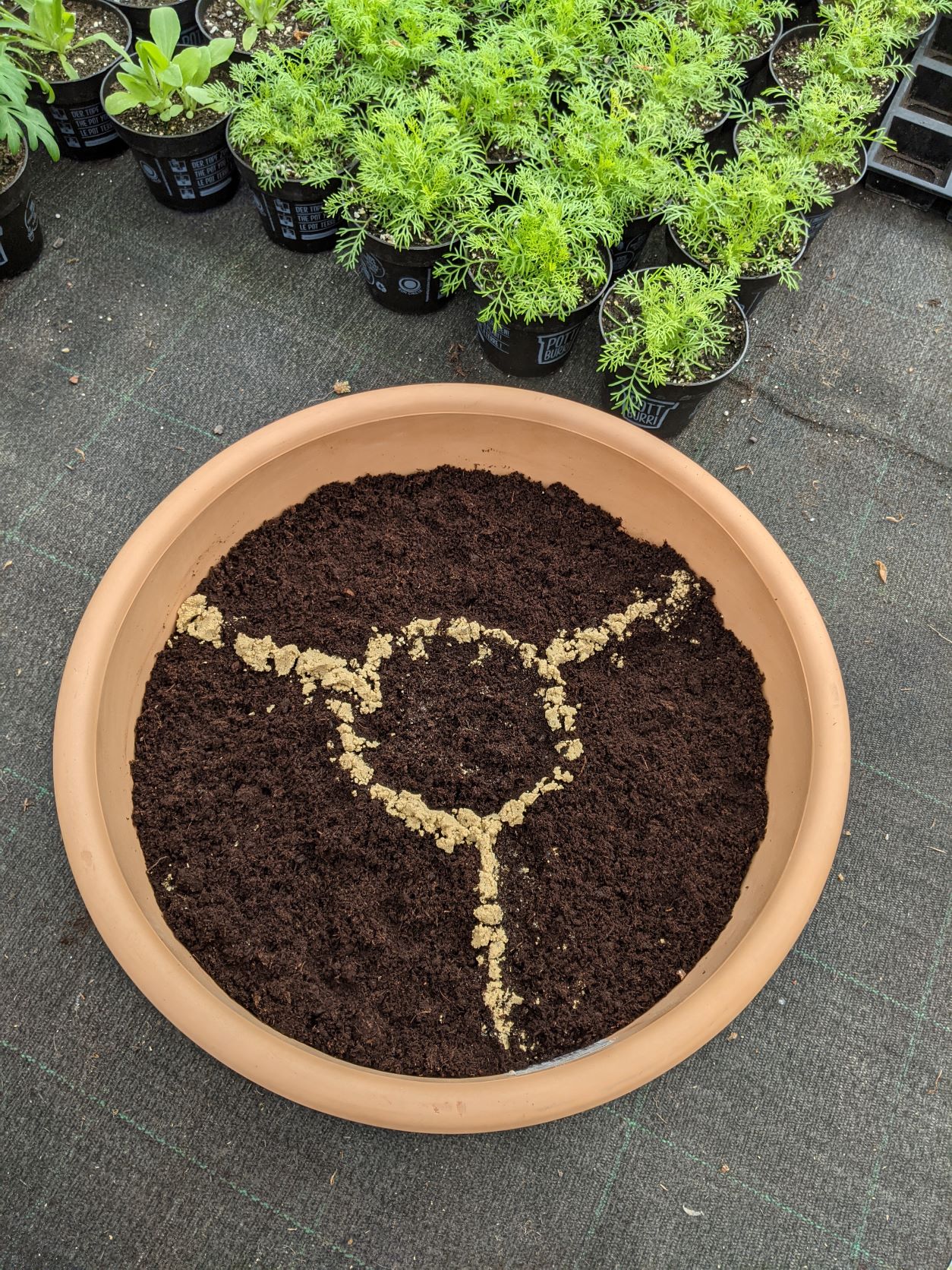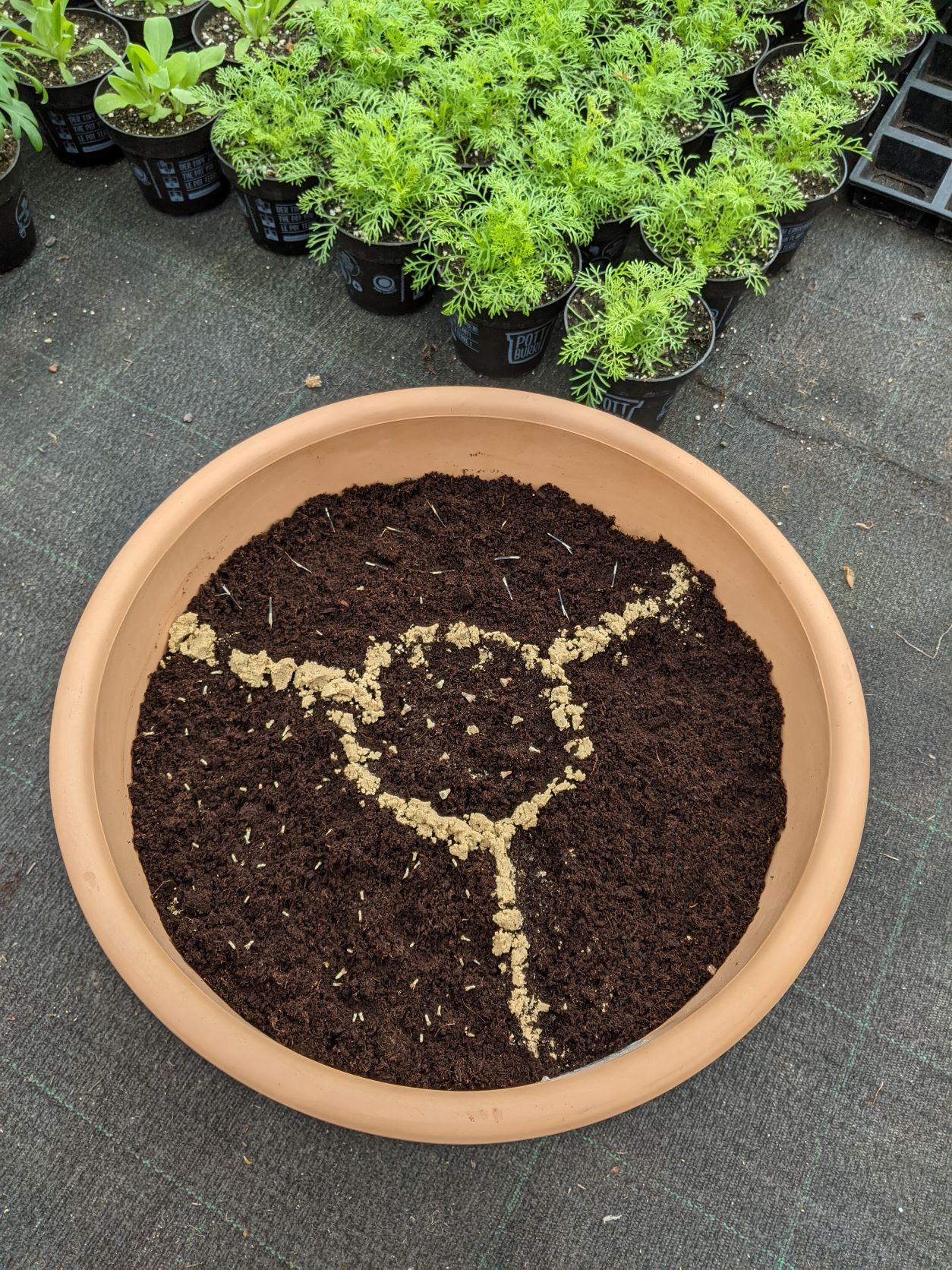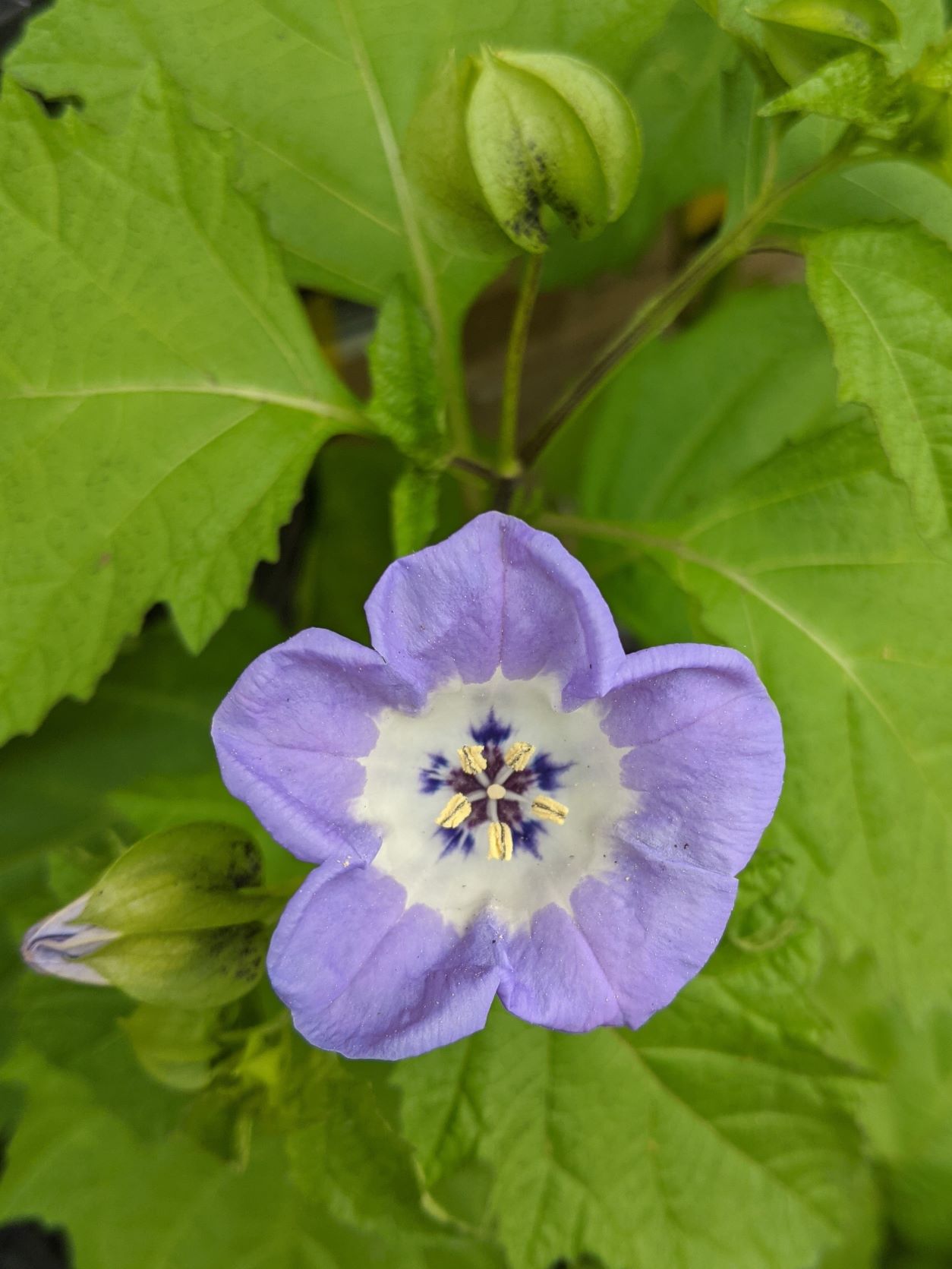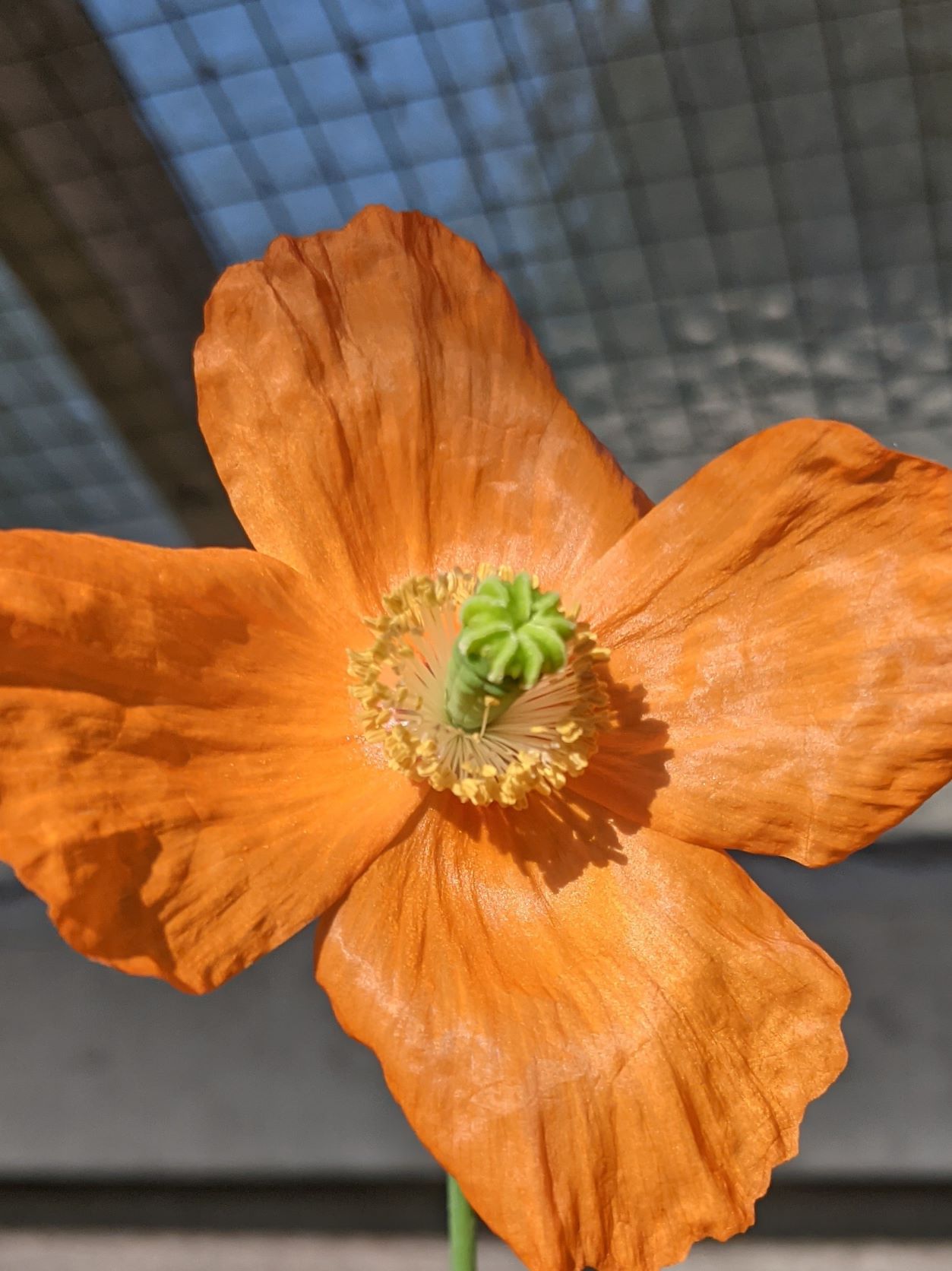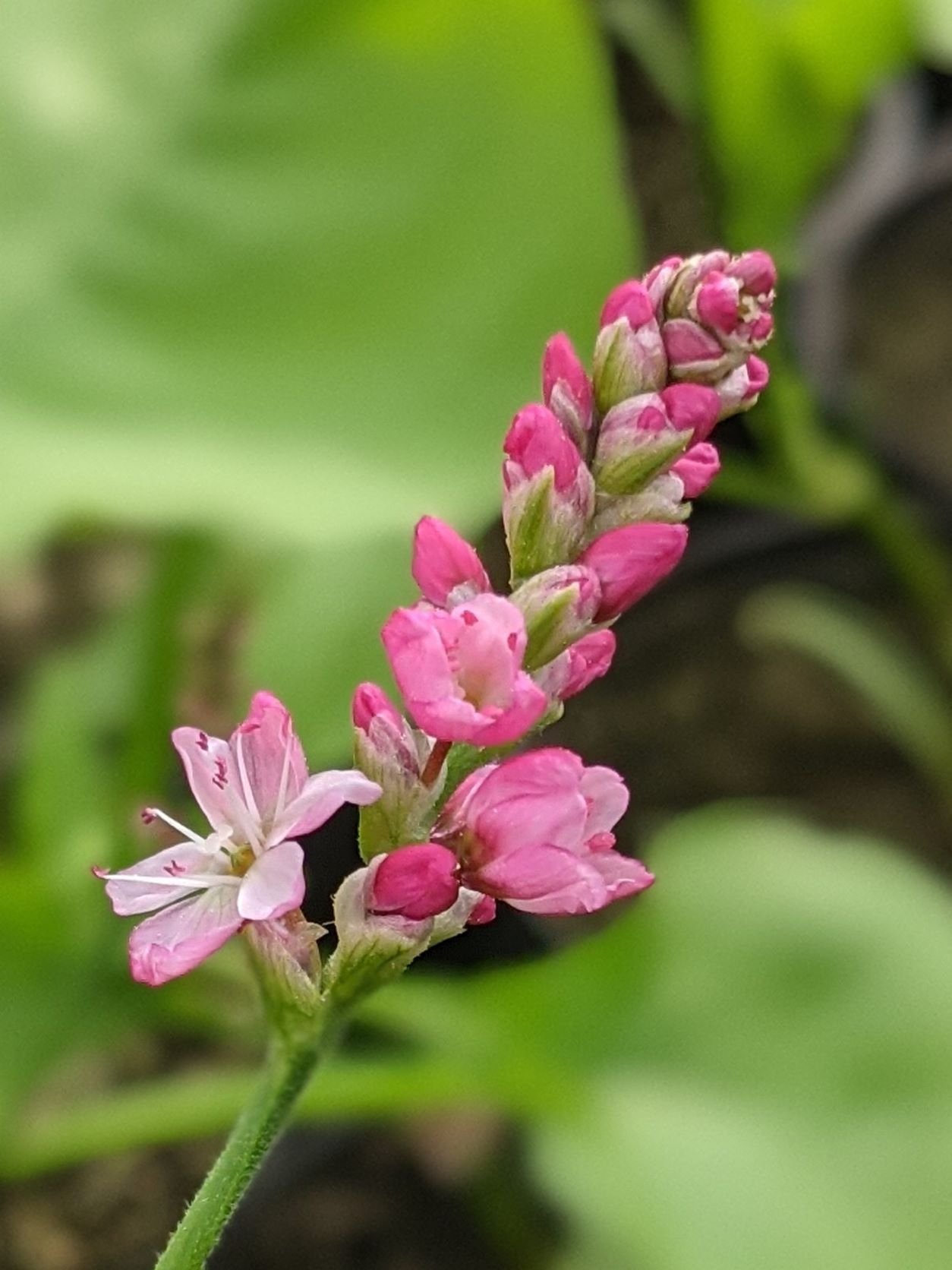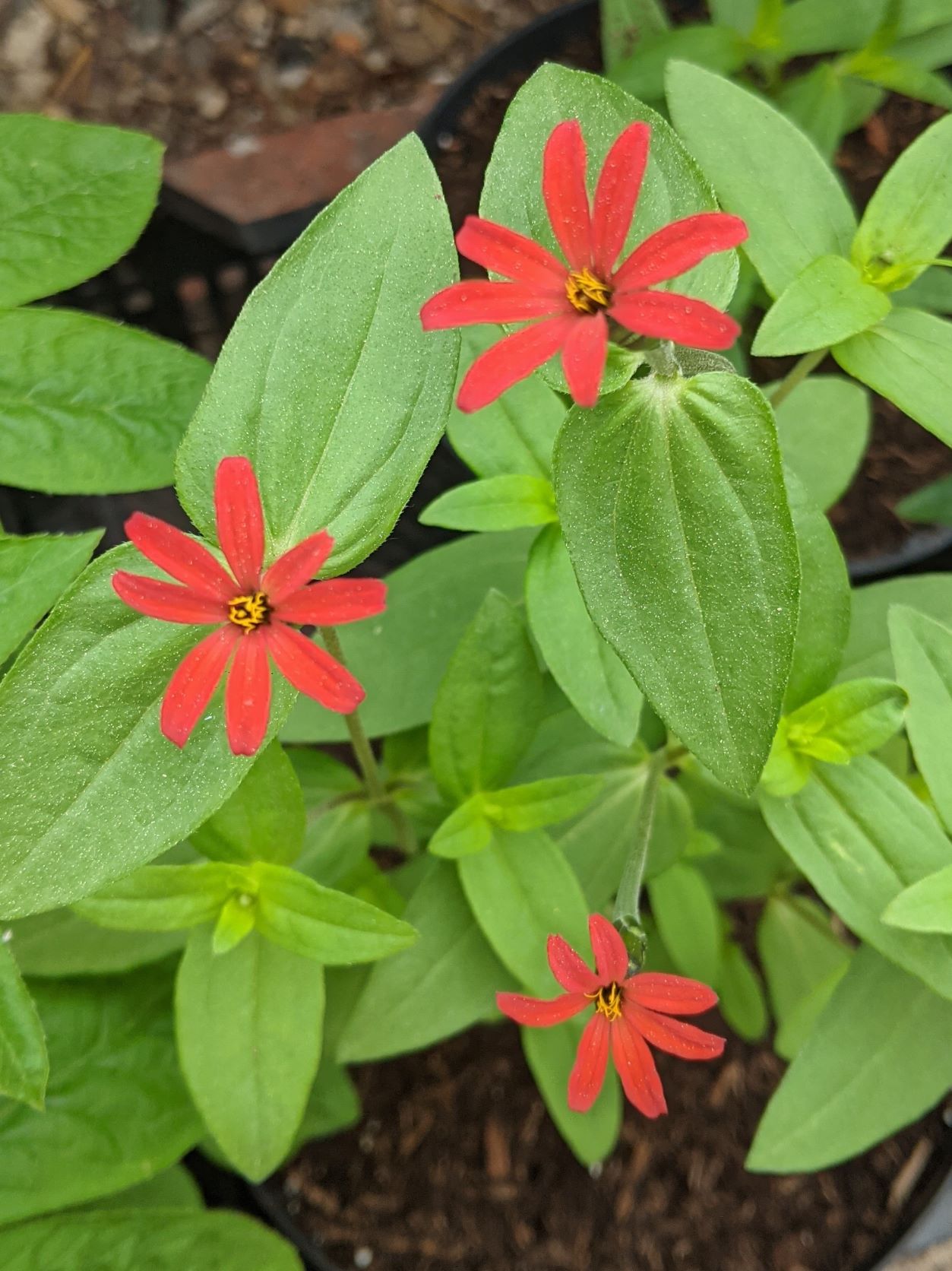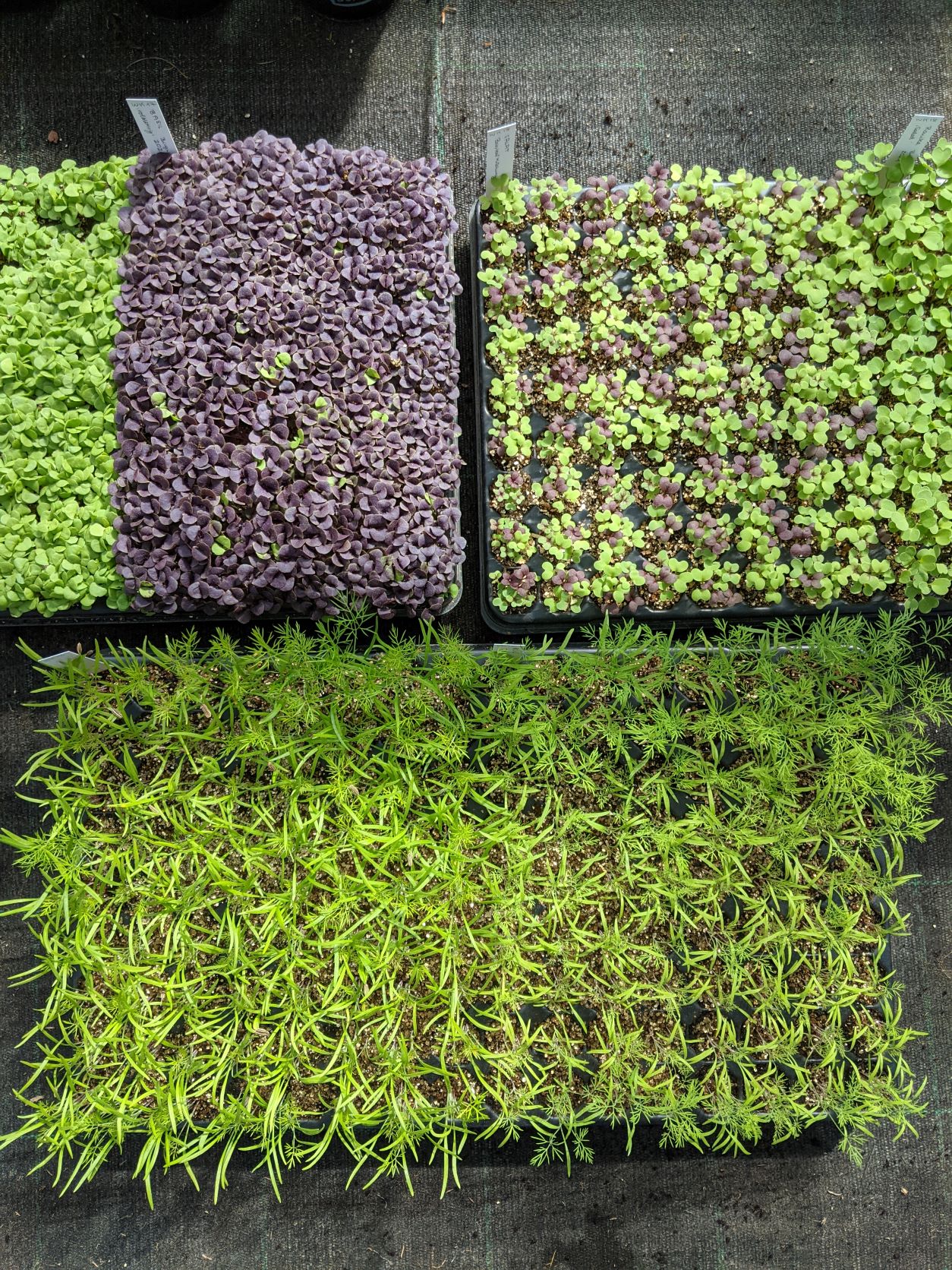Vermehrungs-Blog - Mai 2022
Jetzt, wo die Nachttemperaturen verlässlich höher sind und der Boden durch das sonnige Wetter der letzten Zeit durchgewärmt wurde, ist es möglich, Pflanzensamen direkt draußen an der Stelle auszusäen, wo die Pflanzen wachsen sollen. Das geht im Blumen- und Gemüsebeet, aber auch in Kübeln und Containern, um die Terrasse oder den Balkon zu verschönern. In diesem Blog möchte ich Ihnen einige Tipps und Ratschläge geben, welche Samen Sie zu dieser Jahreszeit in Gefäße pflanzen können, damit Sie in den Sommermonaten und bis in den Herbst hinein farbenfrohe Blütenpracht erhalten.
Tipps für die Anzucht von Containerblumen aus direkt gesätem Saatgut ...
Aussaat der Samen -
Als Erstes müssen Sie das Gefäß vorbereiten, in das Sie Ihre Samen säen wollen. Legen Sie einige Tonscherben oder Steine über das Drainageloch, damit es nicht durch Erde verstopft wird. Eine Schicht aus kleinen Steinen oder Blähtonkugeln darauf verhindert ebenfalls, dass sich die Erde zu sehr mit Wasser vollsaugt. Anschließend füllen Sie den Topf bis etwa 6 cm unter den Rand mit guter Blumenerde auf. Wenn Sie darauf eine 3 cm tiefe Schicht feiner strukturierter Aussaaterde geben, haben Ihre Samen die besten Chancen, gut zu keimen. Dies ist besonders wichtig für kleine Samen, die zwischen den größeren Partikeln in normaler Blumenerde verloren gehen können. Zum Schluss gießen Sie den Kompost gründlich und lassen ihn abtropfen.
Wenn Sie sich überlegt haben, welche Kombination von Sorten Sie in das Gefäß säen wollen - ich empfehle etwa 3 oder 4 in einem größeren Gefäß - markieren Sie mit schmalen Linien aus Sand ein Aussaatmuster auf der Oberfläche. Das hilft, die richtigen Samen an den richtigen Stellen und im richtigen Verhältnis auszusäen. Kleine, dunkelbraune Samen sind oft schwer zu erkennen, wenn sie erst einmal auf den Kompost gesät sind, und man vergisst leicht, welche Samen man wo bereits gesät hat!
Propagation Blog - May 2022
Now that the night temperatures are reliably higher and the soil has been warmed through by the recent sunny weather, it is possible to sow plant seeds directly outside in the position where you want the plants to grow. This is can be done in the flower beds and vegetable patch, but also in tubs and containers to brighten up your patio or balcony. In this month’s blog I would like to give some tips and advice about which seeds to plant in containers at this time of year to give you colourful displays through the summer months and on into the autumn.
Tips for producing flower containers from directly sown seed …
Sowing the seed -
The first thing to do is to prepare the container which you have chosen to sow your seeds into. Putting a few pieces of broken clay pot or stones over the drainage hole will stop it from becoming blocked up by soil. A layer of small stones or expanded clay balls on top will also help to prevent the compost from becoming too waterlogged. Next fill the pot up to about 6 cm below the rim with a good quality potting compost. Putting a 3 cm deep layer of finer textured seed compost on top of this will give your seeds the best chance to germinate well. This is particularly important for small seeds, which may get lost amongst the larger particles present in ordinary potting compost. Finally water the compost thoroughly and allow to drain.
Once you have planned which combination of varieties you want to sow in the container - I would recommend around 3 or 4 in a larger container - mark out a sowing pattern on the surface using narrow lines of sand. This will help to get the correct seeds in the right places and in the right proportions. Small, dark brown seeds are often difficult to see once they are sown onto the compost and it is easy to forget what seeds you have already sown where !
